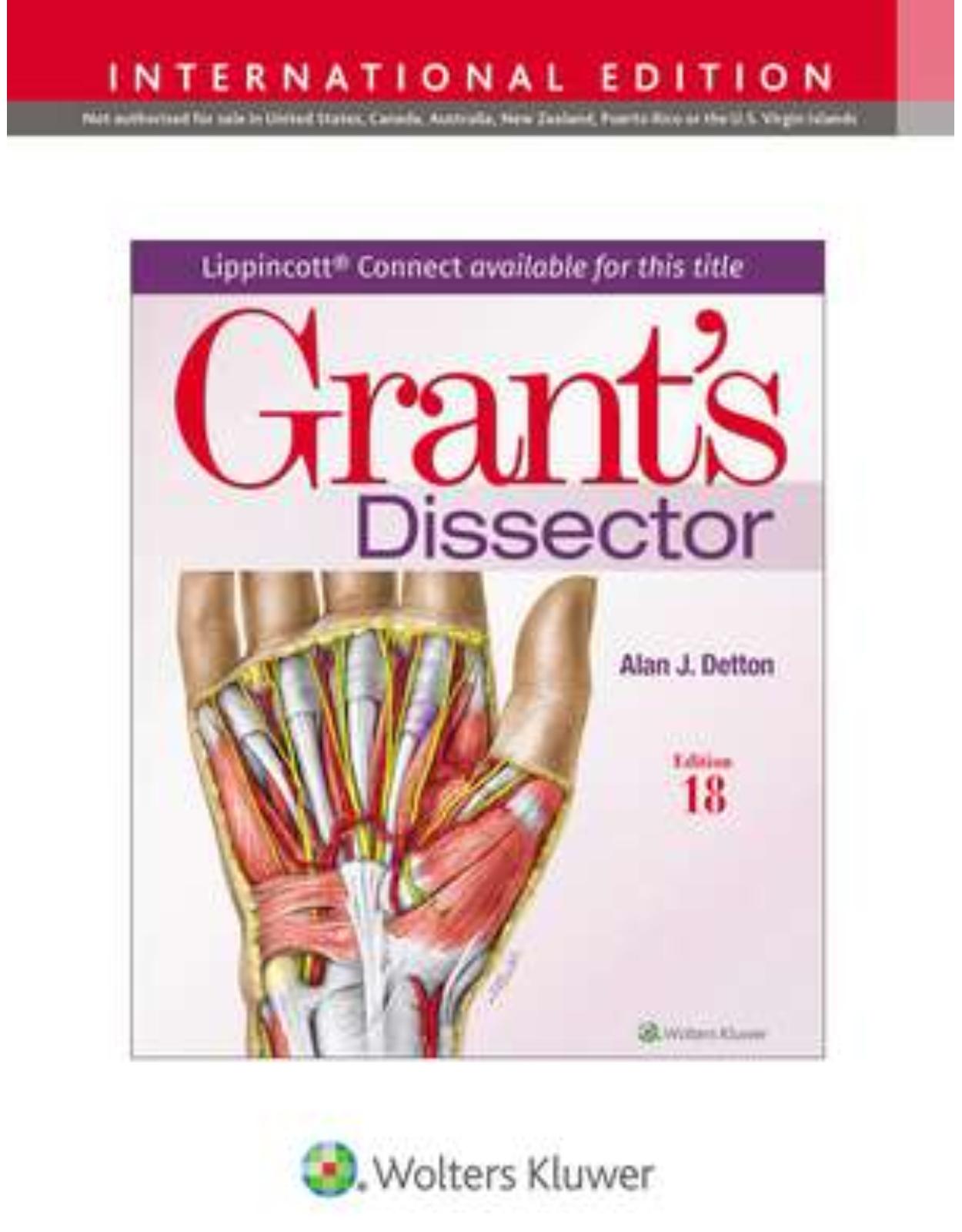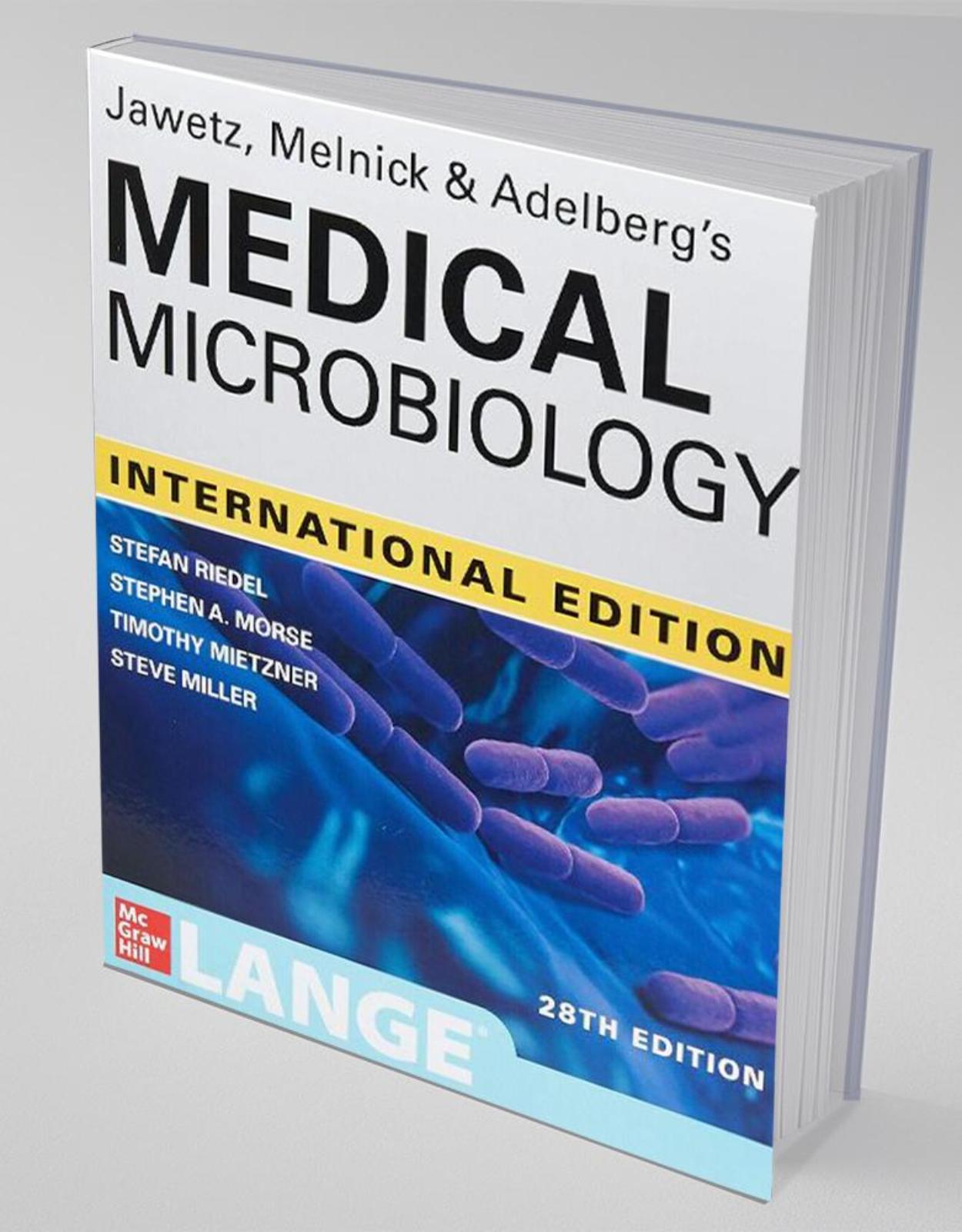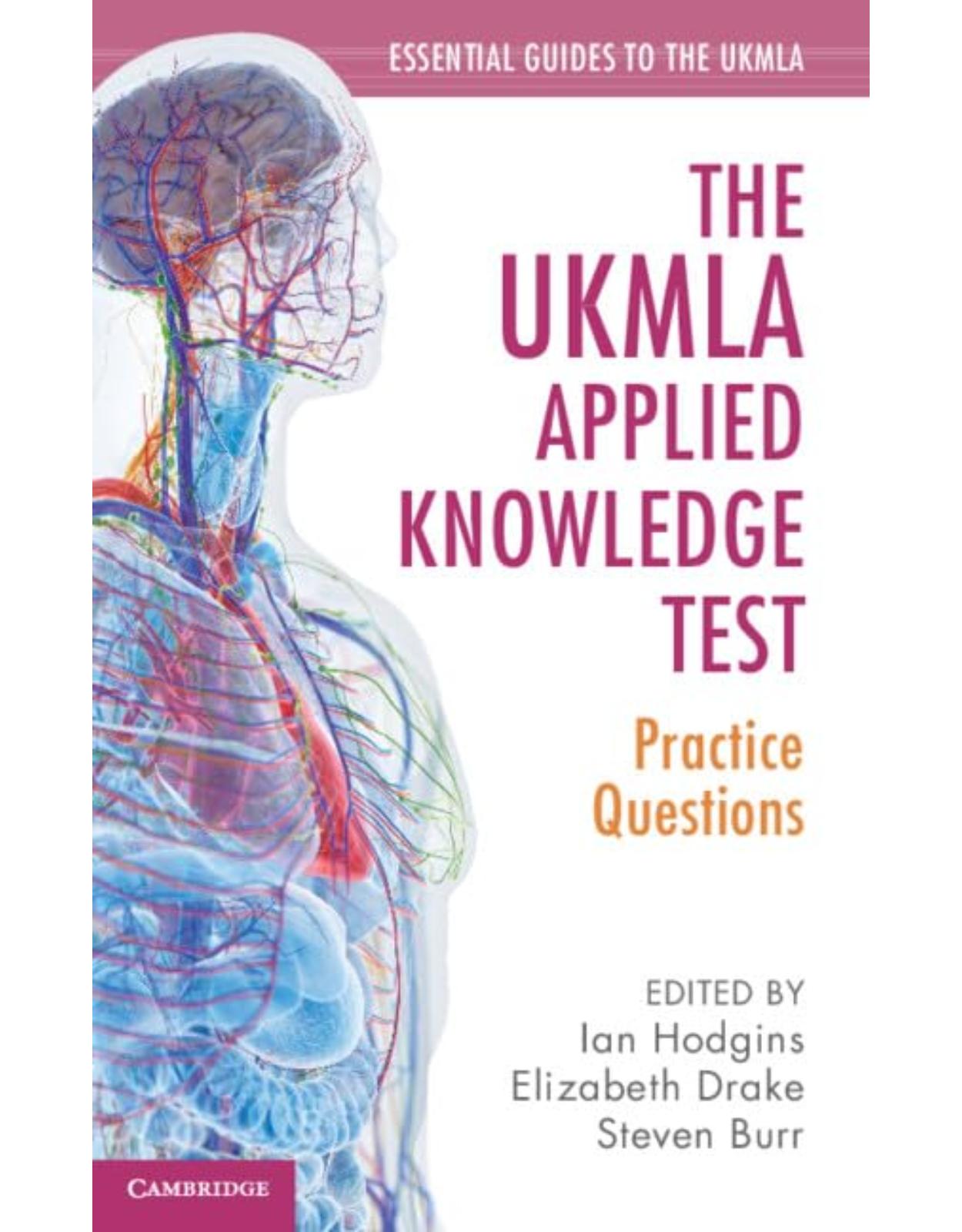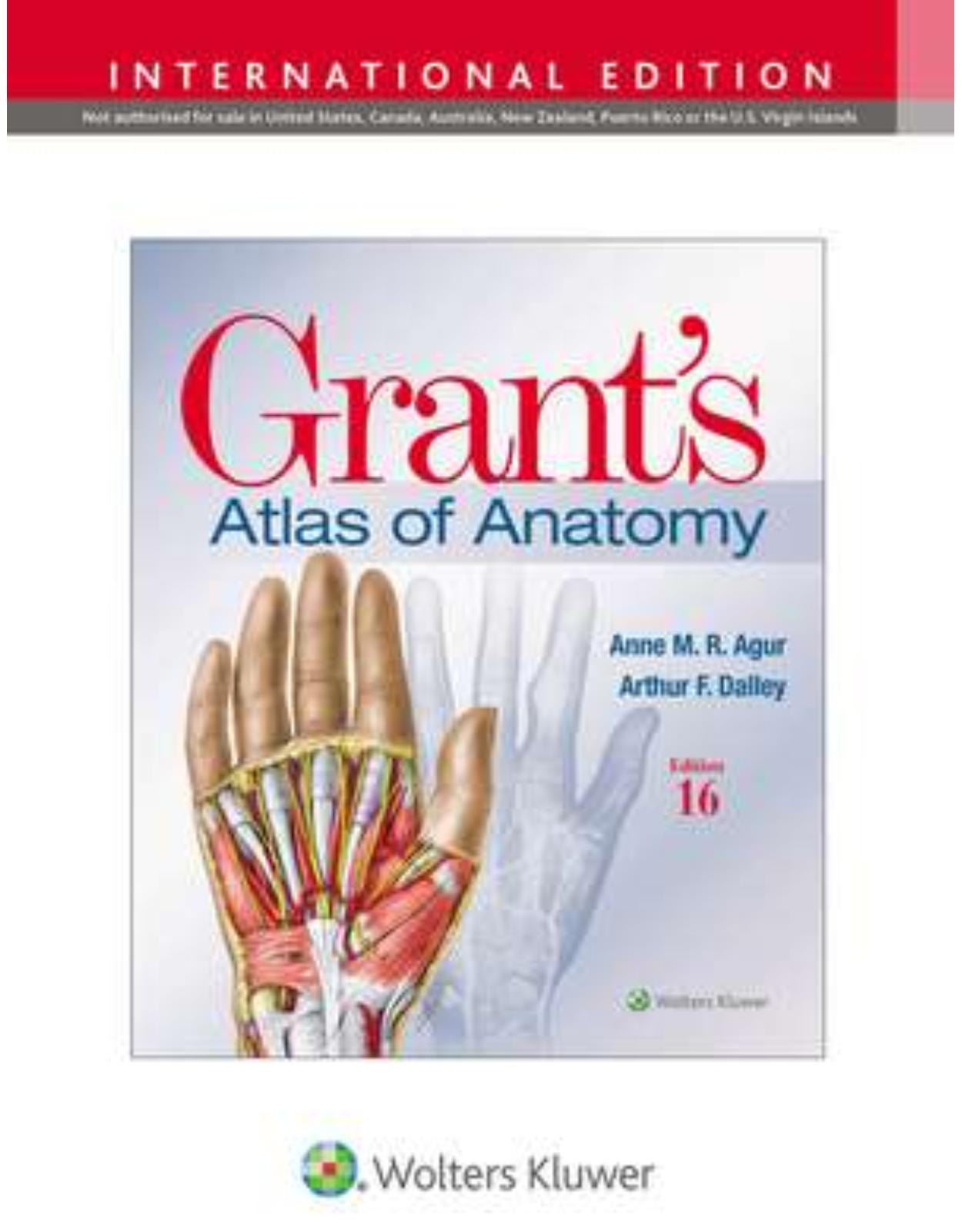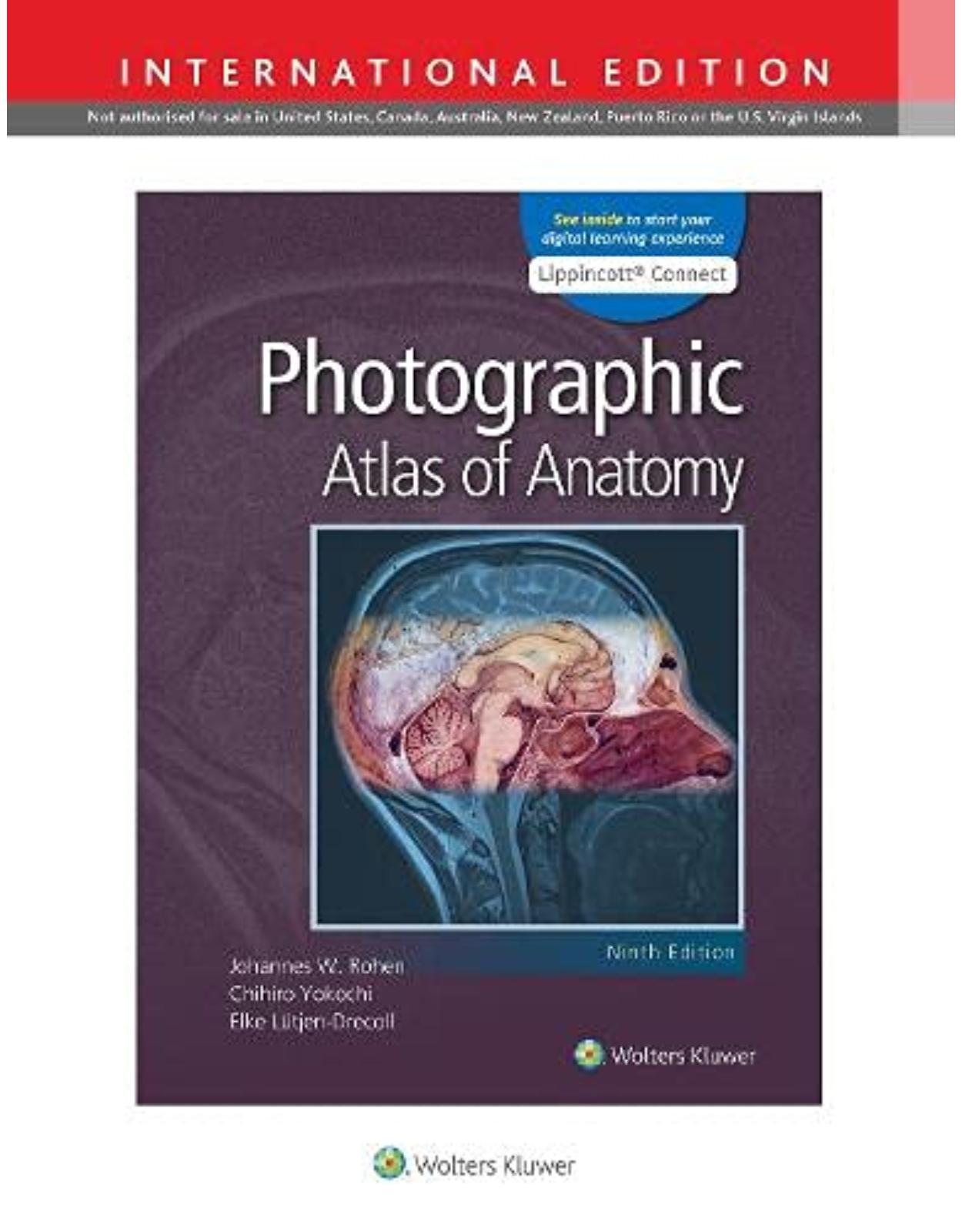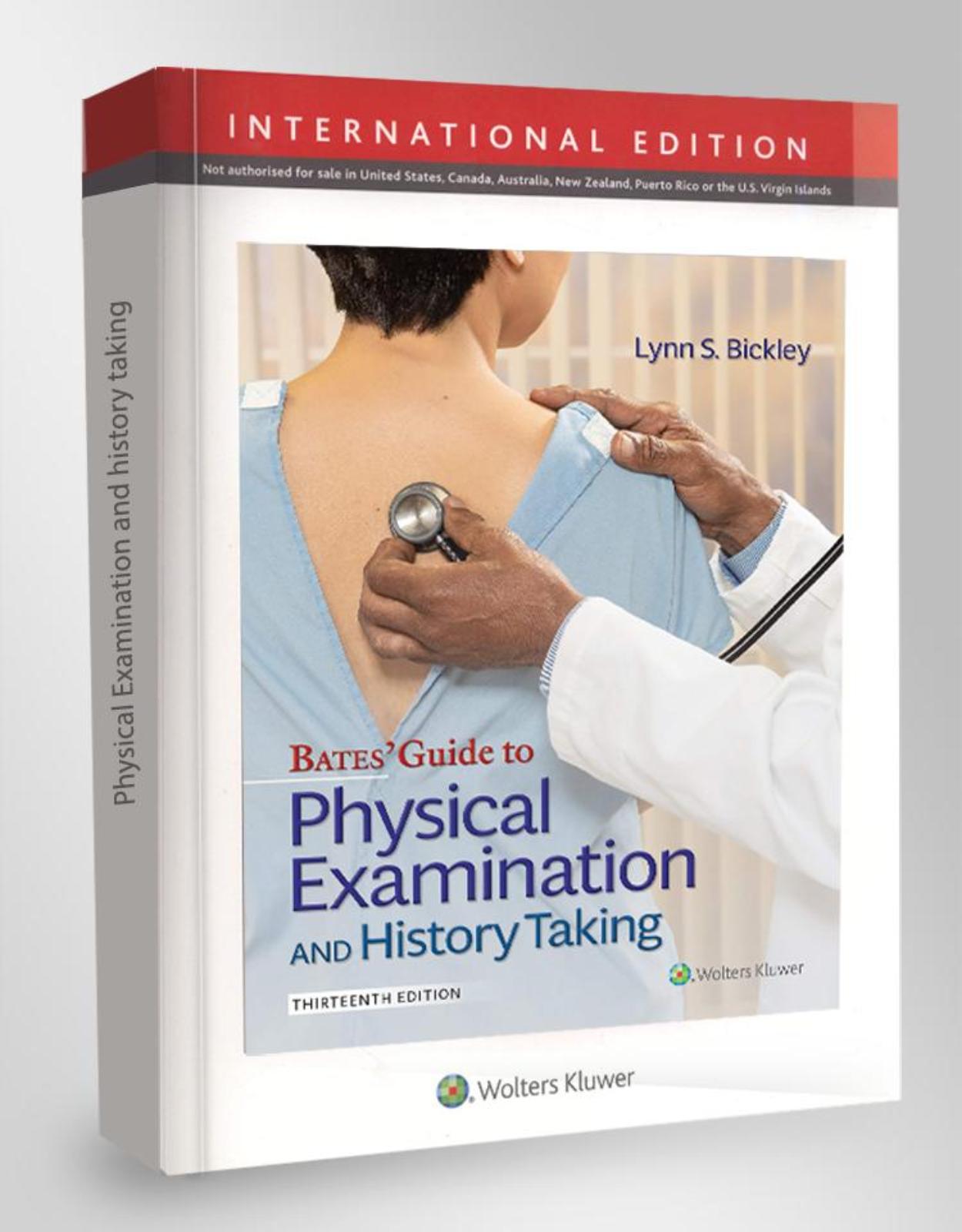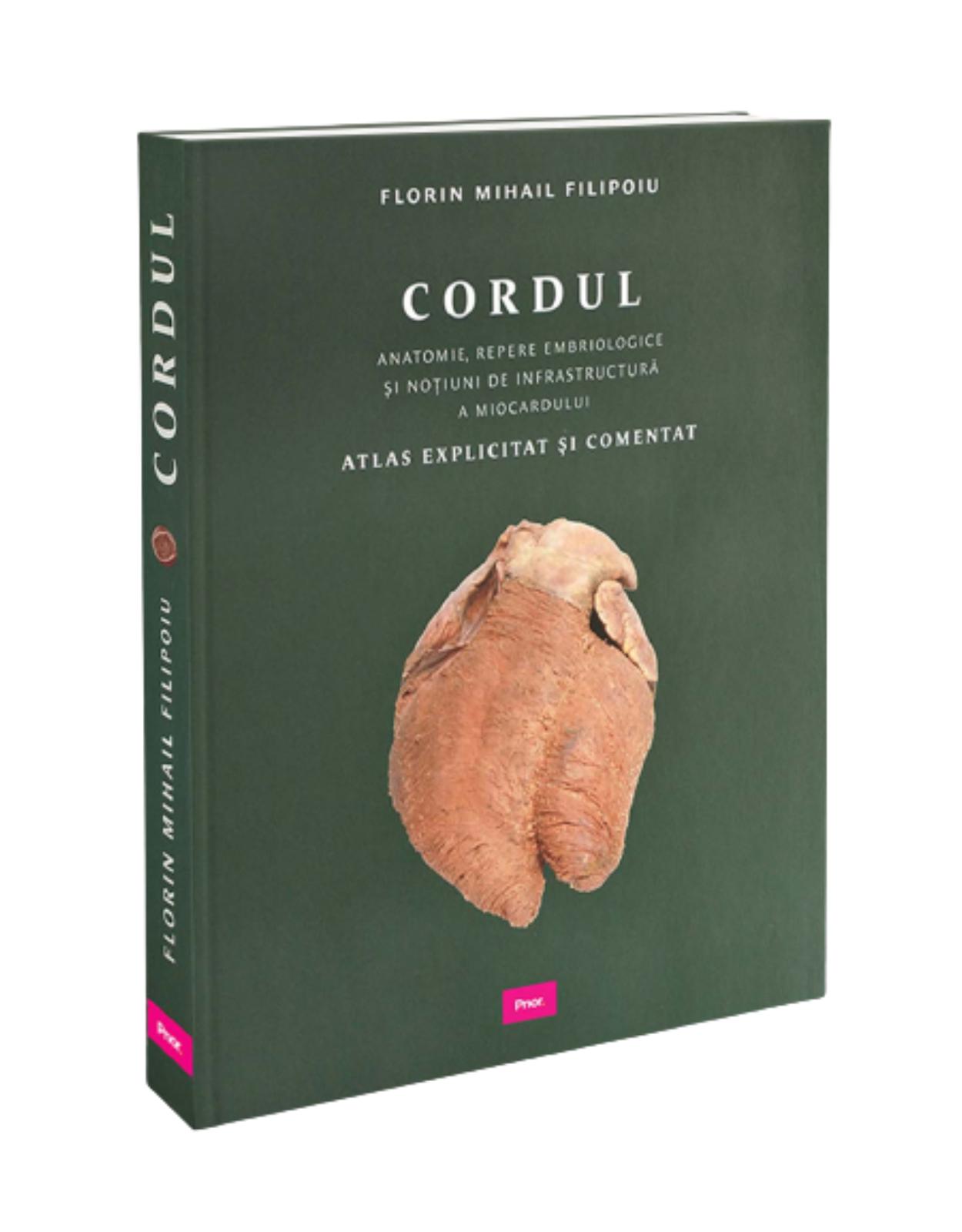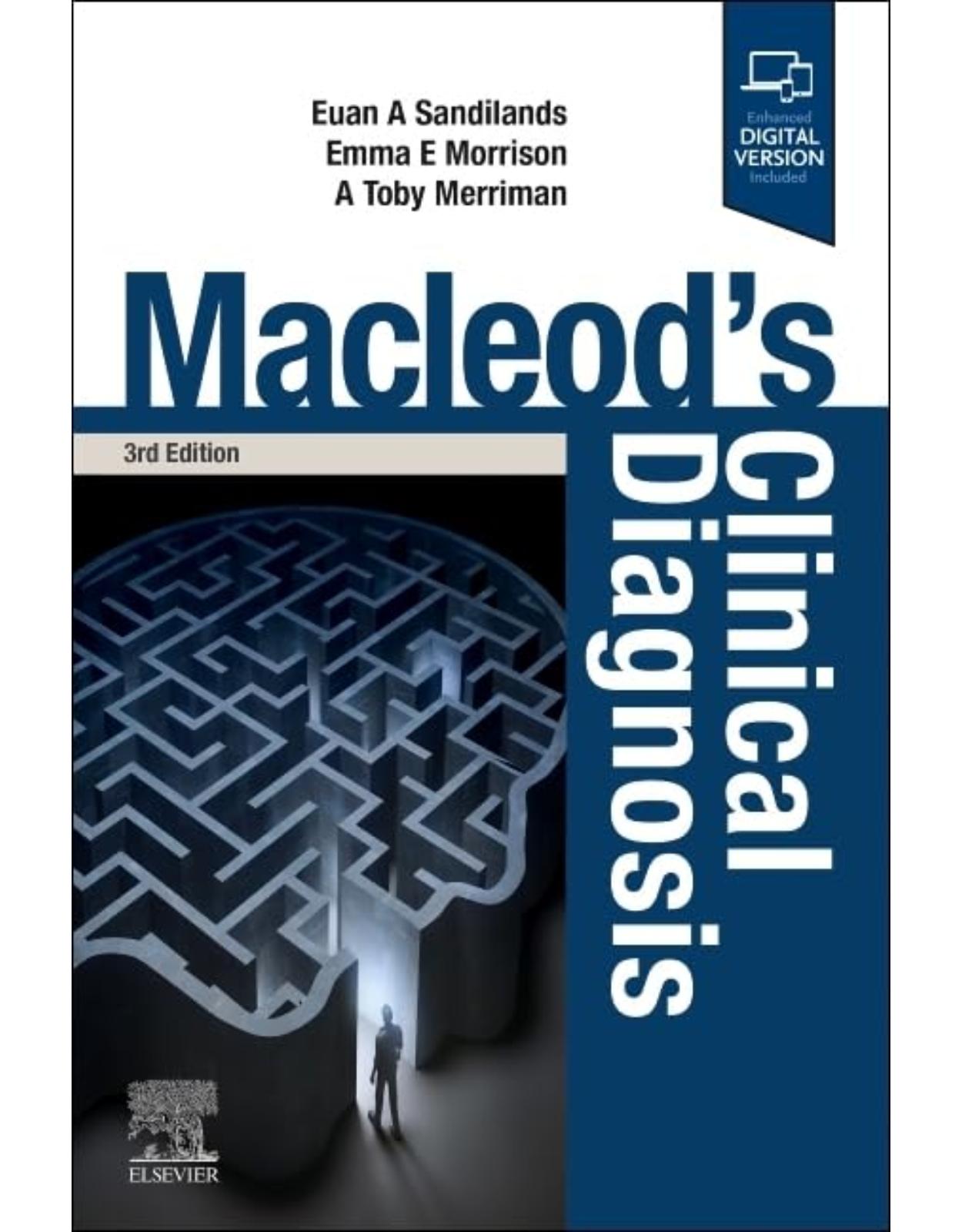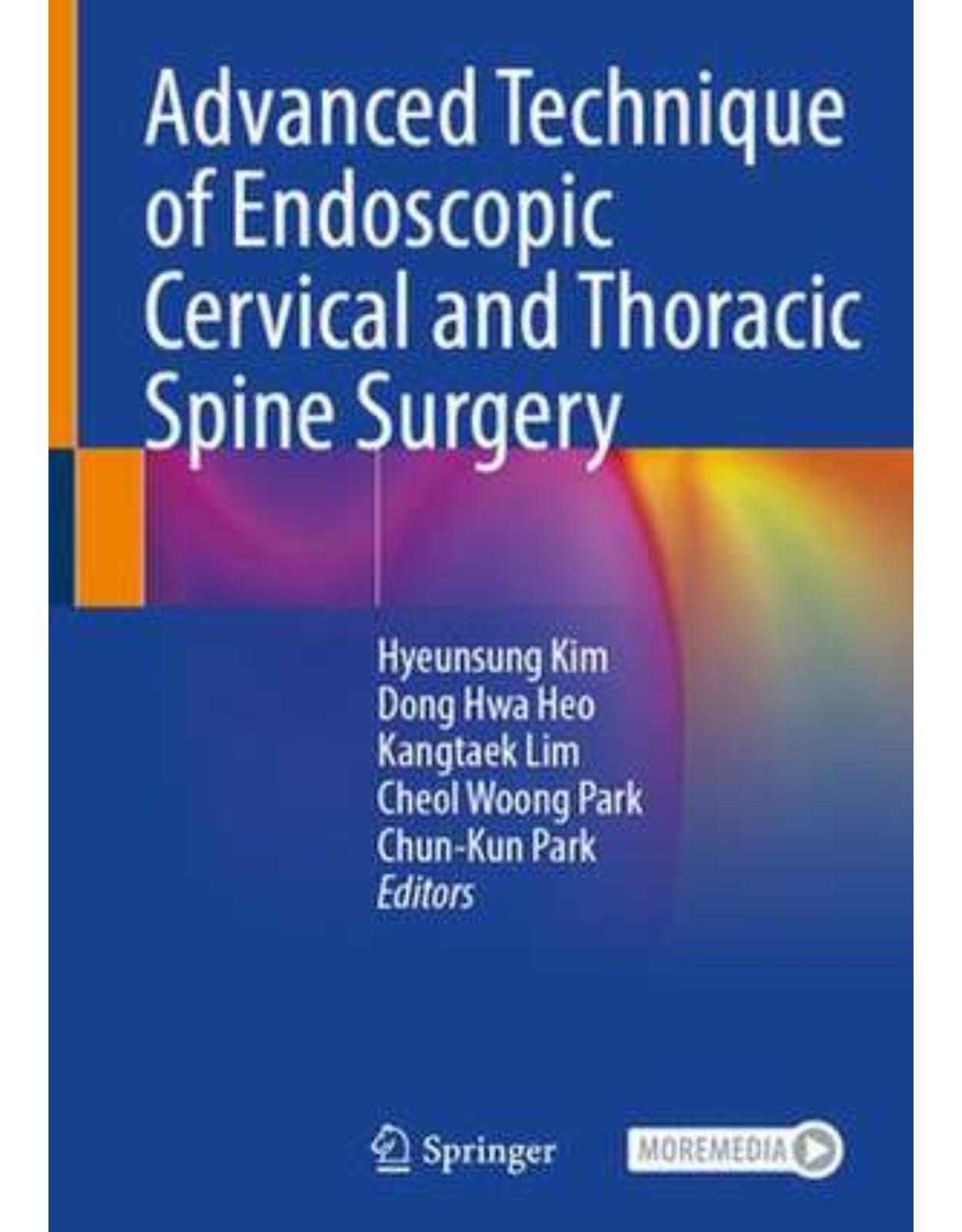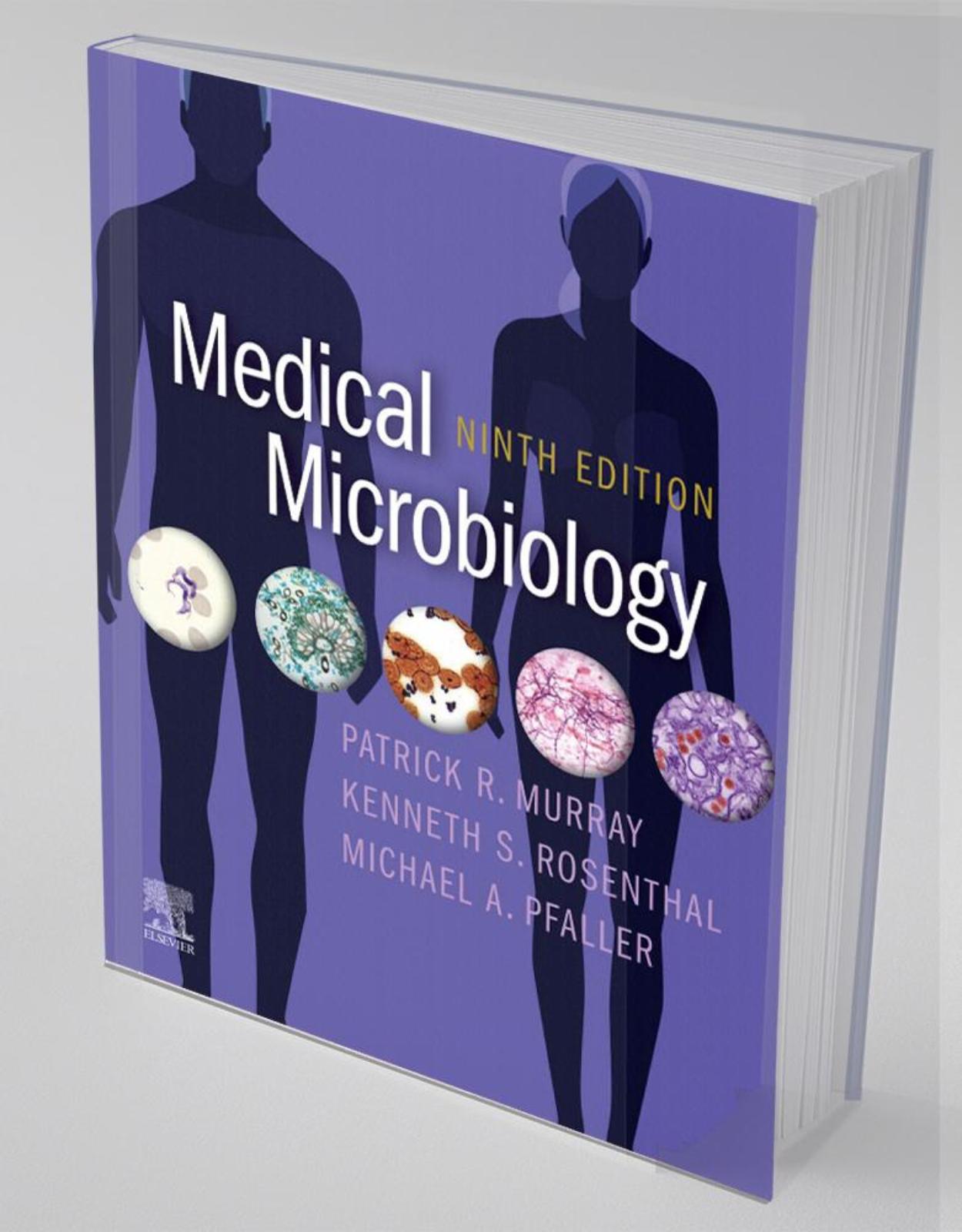
Medical Microbiology, 9th Edition
Produs indisponibil momentan. Pentru comenzi va rugam trimiteti mail la adresa depozit2@prior.ro sau contactati-ne la numarul de telefon 021 210 89 28 Vedeti mai jos alte produse similare disponibile.
Disponibilitate: Acest produs nu este momentan in stoc
Editura: Elsevier
Limba: Engleza
Nr. pagini: 872
Coperta: Book
Dimensiuni: 21.6 x 27.6 cm
An aparitie: 2020
Description:
The foremost text in this complex and fast-changing field, Medical Microbiology, 9th Edition, provides concise, up-to-date, and understandable explanations of key concepts in medical microbiology, immunology, and the microbes that cause human disease. Clear, engaging coverage of basic principles, immunology, laboratory diagnosis, bacteriology, virology, mycology, and parasitology help you master the essentials of microbiologyâۥeffectively preparing you for your coursework, exams, and beyond.
Features significant new information on the human microbiome and its influence on the immune and other body systems, and new developments in microbial diagnosis, treatment, diseases, and pathogens.
Updates every chapter with state-of-the-art information and current literature citations.
Summarizes detailed information in tabular format rather than in lengthy text.
Provides review questions at the end of each chapter that correlate basic science with clinical practice.
Features clinical cases that illustrate the epidemiology, diagnosis, and treatment of infectious diseases.
Introduces microbe chapters with summaries and trigger words for easy review.
Highlights the text with clear, colorful figures, clinical photographs, and images that help you visualize the clinical presentation of infections.
Offers additional study features online, including 200 self-assessment questions, microscopic images of the microbes, videos, and a new integrating chapter that provides hyperlinks between the microbes, the organ systems that they affect, and their diseases.
Table of Contents:
Section 1. Introduction
1. Introduction to Medical Microbiology
Historical Perspective
Viruses
Bacteria
Fungi
Parasites
Immunology
Diagnostic Microbiology
Microbiology and Immunology in the Clinic
Summary
2. Human Microbiome in Health and Disease
Human Microbiome Project
Core Microbiome
Evolution of the Microbiome and Normal Flora
Role of the Microbiome in Disease
Diagnostics and Therapeutics
Probiotics
Perspective
3. Sterilization, Disinfection, and Antisepsis
Sterilization
Disinfection
Antisepsis
Mechanisms of Action
Section 2. General Principles of Laboratory Diagnosis
4. Microscopy and In Vitro Culture
Microscopy
In Vitro Culture
5. Molecular Diagnosis
Nonamplified Nucleic Acid Probes
Nucleic Acid Analysis
Protein Analysis
6. Serologic Diagnosis
Antibodies
Methods of Detection
Immunoassays for Cell-Associated Antigen (Immunohistology)
Immunoassays for Antibody and Soluble Antigen
Serology
Section 3. Basic Concepts in the Immune Response
7. Elements of Host Protective Responses
Soluble Activators and Stimulators of Innate and Immune Functions
Cells of the Immune Response
8. Innate Host Responses
Barriers to Infection
Soluble Components of Innate Responses
Cellular Components of Innate Responses
Activation of Innate Cellular Responses
Normal Flora–Associated Responses
Inflammation
Bridge to Antigen-Specific Immune Responses
9. Antigen-Specific Immune Responses
Immunogens, Antigens, and Epitopes
T Cells
Cell-Surface Receptors of T Cells
Development of T Cells
Initiation of T-Cell Responses
Activation of CD4 T Cells and Their Response to Antigen
CD8 T Cells
INNATE T Cells
B Cells and Humoral Immunity
B cells
Immunoglobulin Types and Structures
Immunogenetics
Antibody Response
10. Immune Responses to Infectious Agents
Antibacterial Responses
Antiviral Responses
Specific Immune Responses to Fungi
Specific Immune Responses to Parasites
Other Immune Responses
Immunopathogenesis
Autoimmune Responses
Immunodeficiency
11. Antimicrobial Vaccines
Types of Immunizations
Immunization Programs
Section 4. Bacteriology
12. Bacterial Classification, Structure, and Replication
Differences between Eukaryotes and Prokaryotes
Bacterial Classification
Bacterial Structure
Structure and Biosynthesis of the Major Components of the Bacterial Cell Wall
Cell Division
Spores
13. Bacterial Metabolism and Genetics
Bacterial Metabolism
Human Bacterial Metabolism
Bacterial Genes and Expression
Bacterial Genetics
14. Mechanisms of Bacterial Pathogenesis
Entry into the Human Body
Colonization, Adhesion, and Invasion
Pathogenic Actions of Bacteria
Immunopathogenesis
Mechanisms for Escaping Host Defenses
Summary
15. Role of Bacteria in Disease
16. Laboratory Diagnosis of Bacterial Diseases
Specimen Collection, Transport, and Processing
Bacterial Detection and Identification
Antimicrobial Susceptibility Tests
17. Antibacterial Agents
Inhibition of Cell Wall Synthesis
Inhibition of Protein Synthesis
Inhibition of Nucleic Acid Synthesis
Other Antibiotics
18. Staphylococcus and Related Gram-Positive Cocci
Physiology and Structure
Pathogenesis and Immunity
Epidemiology
Clinical Diseases
Laboratory Diagnosis
Treatment, Prevention, and Control
19. Streptococcus and Enterococcus
Streptococcus pyogenes
Streptococcus agalactiae
Other β-Hemolytic Streptococci
Viridans Streptococci
Streptococcus pneumoniae
Enterococcus
20. Bacillus
Bacillus anthracis
Bacillus cereus
21. Listeria and Related Gram-Positive Bacteria
Listeria monocytogenes
Erysipelothrix rhusiopathiae
Corynebacterium diphtheriae
22. Mycobacterium and Related Acid-Fast Bacteria
• Physiology and Structure of Mycobacteria
• Mycobacterium Tuberculosis
• Other Slow-Growing Mycobacteria
• Rapidly Growing Mycobacteria
• Nocardia
• Other Weakly Acid-Fast Bacteria
23. Neisseria and Related Genera
Neisseria gonorrhoeae and Neisseria meningitidis
Other Neisseria Species
24. Haemophilus and Related Bacteria
Haemophilus
25. Enterobacteriaceae
General Properties
Escherichia coli
Salmonella
Shigella
Yersinia
Other Enterobacteriaceae
Other General Properties
26. Vibrio and Related Bacteria
Vibrio
Aeromonas
27. Pseudomonas and Related Bacteria
Pseudomonas
Burkholderia
Stenotrophomonas maltophilia
Acinetobacter
Moraxella
28. Campylobacter and Helicobacter
Campylobacter
Helicobacter
29. Miscellaneous Gram-Negative Rods
Bartonella
Bordetella
Other Bordetella Species
Brucella
Cardiobacterium
Francisella
Legionella
Streptobacillus
30. Clostridium
Clostridium difficile
Clostridium perfringens
Clostridium tetani
Clostridium botulinum
Other Clostridial Species
31. Non–Spore-Forming Anaerobic Bacteria
Anaerobic Gram-Positive Cocci
Answers
Anaerobic Gram-Positive Rods
Anaerobic Gram-Negative Cocci
Anaerobic Gram-Negative Rods
32. Treponema, Borrelia, and Leptospira
Treponema
Borrelia
Leptospira
33. Mycoplasma
Physiology and Structure
Pathogenesis and Immunity
Answers
Epidemiology
Clinical Diseases
Laboratory Diagnosis
Treatment, Prevention, and Control
34. Rickettsia, Ehrlichia, and Related Bacteria
Rickettsiaceae
Anaplasmataceae
Coxiellaceae
35. Chlamydia
Physiology and Structure
Section 5. Virology
36. Viral Classification, Structure, and Replication
Classification
Virion Structure
Viral Replication
Viral Genetics
Viral Vectors for Therapy
37. Mechanisms of Viral Pathogenesis
Basic Steps in Viral Disease
Infection of the Target Tissue
Viral Pathogenesis
Viral Disease
Epidemiology
Control of Viral Spread
38. Role of Viruses in Disease
Viral Diseases
Chronic and Potentially Oncogenic Infections
Infections in Immunocompromised Patients
Congenital, Neonatal, and Perinatal Infections
39. Laboratory Diagnosis of Viral Diseases
Specimen Collection
Cytology
Electron Microscopy
Viral Isolation and Growth
Detection of Viral Genetic Material
Detection of Viral Proteins
Viral Serology
40. Antiviral Agents and Infection Control
Targets for Antiviral Drugs
Nucleoside Analogs
Nonnucleoside Polymerase Inhibitors
Protease Inhibitors
Antiinfluenza Drugs
Immunomodulators
Infection Control
41. Papillomaviruses and Polyomaviruses
Human Papillomaviruses
Polyomaviridae
42. Adenoviruses
Structure and Replication
Pathogenesis and Immunity
Epidemiology
Clinical Syndromes
Laboratory Diagnosis
Treatment, Prevention, and Control
Therapeutic Adenoviruses
43. Human Herpesviruses
Structure of Herpesviruses
Herpesvirus Replication
Herpes Simplex Virus
Varicella-Zoster Virus
Epstein-Barr Virus
Cytomegalovirus
Human Herpesviruses 6 and 7
Other Human Herpesviruses
44. Poxviruses
Structure and Replication
Pathogenesis and Immunity
Epidemiology
Clinical Syndromes
45. Parvoviruses
Structure and Replication
Pathogenesis and Immunity
Epidemiology
Clinical Syndromes
Laboratory Diagnosis
Treatment, Prevention, and Control
46. Picornaviruses
Structure
Replication
Enteroviruses
Rhinoviruses
47. Coronaviruses and Noroviruses
Coronaviruses
Noroviruses
48. Paramyxoviruses
Structure and Replication
Measles Virus
Parainfluenza Viruses
Mumps Virus
Respiratory Syncytial Virus
Human Metapneumovirus
Nipah and Hendra Viruses
49. Orthomyxoviruses
Structure and Replication
Pathogenesis and Immunity
Epidemiology
Clinical Syndromes
Laboratory Diagnosis
Treatment, Prevention, and Control
50. Rhabdoviruses, Filoviruses, and Bornaviruses
Rhabdoviruses
Filoviruses
Borna Disease Virus
51. Reoviruses
Structure
Replication
Rotaviruses
Orthoreoviruses (Mammalian Reoviruses)
Coltiviruses and Orbiviruses
52. Togaviruses and Flaviviruses
Alphaviruses and Flaviviruses
Rubella Virus
53. Bunyaviridae and Arenaviridae
Bunyaviridae
Arenaviruses
54. Retroviruses
Classification
Structure
Replication
Human Immunodeficiency Virus
Human T-Cell Lymphotropic Virus and Other Oncogenic Retroviruses
Endogenous Retroviruses
55. Hepatitis Viruses
Hepatitis A Virus
Hepatitis B Virus
Hepatitis C and G Viruses
Hepatitis G Virus
Hepatitis D Virus
Hepatitis E Virus
56. Prion Diseases
Structure and Physiology
Pathogenesis
Epidemiology
Clinical Syndromes
Laboratory Diagnosis
Treatment, Prevention, and Control
Section 6. Mycology
57. Fungal Classification, Structure, and Replication
The Importance of Fungi
Fungal Taxonomy, Structure, and Replication
Ascomycota (Ascomycetes)
Basidiomycota (Basidiomycetes)
Glomerulomycota (Mucormycetes, formerly Zygomycetes)
Microspora (Microsporidia)
Classification of Human Mycoses
Summary
58. Pathogenesis of Fungal Disease
Primary Fungal Pathogens
Opportunistic Pathogens
59. Role of Fungi in Disease
60. Laboratory Diagnosis of Fungal Disease
Clinical Recognition of Fungal Infections
Conventional Laboratory Diagnosis
Immunologic, Molecular, and Biochemical Markers for Direct Detection of Invasive Fungal Infections
61. Antifungal Agents
Systemically Active Antifungal Agents
Topical Antifungal Agents
Investigational Antifungal Agents
Combinations of Antifungal Agents in the Treatment of Mycoses
Mechanisms of Resistance to Antifungal Agents
62. Superficial and Cutaneous Mycoses
Superficial Mycoses
Cutaneous Mycoses
63. Subcutaneous Mycoses
Lymphocutaneous Sporotrichosis
Chromoblastomycosis
Eumycotic Mycetoma
Subcutaneous Entomophthoromycosis
Subcutaneous Phaeohyphomycosis
64. Systemic Mycoses Caused by Dimorphic Fungi
Blastomycosis
Coccidioidomycosis
Emergomycosis and Adiaspiromycosis
Histoplasmosis
Paracoccidioidomycosis
Talaromycosis (Penicilliosis) marneffei
65. Opportunistic Mycoses
Candidiasis
Opportunistic Mycoses Caused by Cryptococcus Neoformans and Other Noncandidal Yeastlike Fungi
Microsporidia
Aspergillosis
Mucormycosis
Mycoses Caused by Other Hyaline Molds
Phaeohyphomycosis
Pneumocystosis
66. Fungal and Fungal-Like Infections of Unusual or Uncertain Etiology
Adiaspiromycosis
Chlorellosis
Lacaziosis (Lobomycosis)
Protothecosis
Pythiosis Insidiosi
Lagenidiosis
Rhinosporidiosis
Section 7. Parasitology
67. Parasitic Classification, Structure, and Replication
Importance of Parasites
Classification and Structure
Physiology and Replication
Summary
68. Pathogenesis of Parasitic Diseases
Exposure and Entry
Adherence and Replication
Cell and Tissue Damage
Disruption, Evasion, and Inactivation of Host Defenses
69. Role of Parasites in Disease
70. Laboratory Diagnosis of Parasitic Disease
Parasite Life Cycle as an Aid in Diagnosis
General Diagnostic Considerations
Parasitic Infections of the Intestinal and Urogenital Tracts
Parasitic Infections of Blood and Tissue
Alternatives to Microscopy
71. Antiparasitic Agents
Targets for Antiparasite Drug Action
Drug Resistance
Antiparasitic Agents
72. Intestinal and Urogenital Protozoa
Amebae (Amoebozoa)
Ciliates (Metamonada [Formerly Flagellates] and Ciliophora)
Sporozoa (Apicomplexa)
73. Blood and Tissue Protozoa
Plasmodium Species
Babesia Species
Toxoplasma gondii
Sarcocystis lindemanni
Free-Living Amebae
Leishmania
Trypanosomes
74. Nematodes
Enterobius vermicularis
Ascaris lumbricoides
Toxocara and Baylisascaris
Trichuris trichiura
Hookworms
Strongyloides stercoralis
Trichinella spiralis
Wuchereria bancrofti and Brugia malayi
Loa loa
Mansonella Species
Onchocerca volvulus
Dirofilaria immitis
Dracunculus medinensis
75. Trematodes
Fasciolopsis buski
Fasciola hepatica
Clonorchis sinensis
Paragonimus westermani
Schistosomes
76. Cestodes
Taenia solium
Cysticercosis
Taenia saginata
Diphyllobothrium latum
Sparganosis
Echinococcus granulosus
Echinococcus multilocularis
Hymenolepis nana
Hymenolepis diminuta
Dipylidium caninum
77. Arthropods
Myriapoda
Crustacea
Pentastomida
Chelicerata (Arachnida)
Hexapoda (Insecta)
Answers
Index
| An aparitie | 2020 |
| Autor | Patrick R. Murray & Ken S. Rosenthal & Michael A. Pfaller |
| Dimensiuni | 21.6 x 27.6 cm |
| Editura | Elsevier |
| Format | Book |
| ISBN | 9780323673228 |
| Limba | Engleza |
| Nr pag | 872 |


